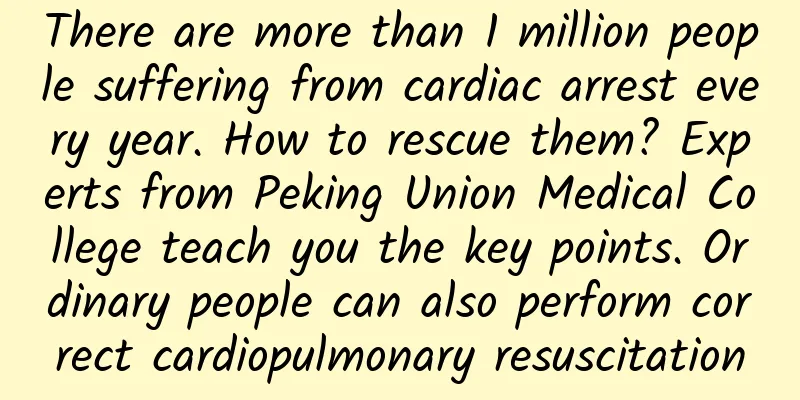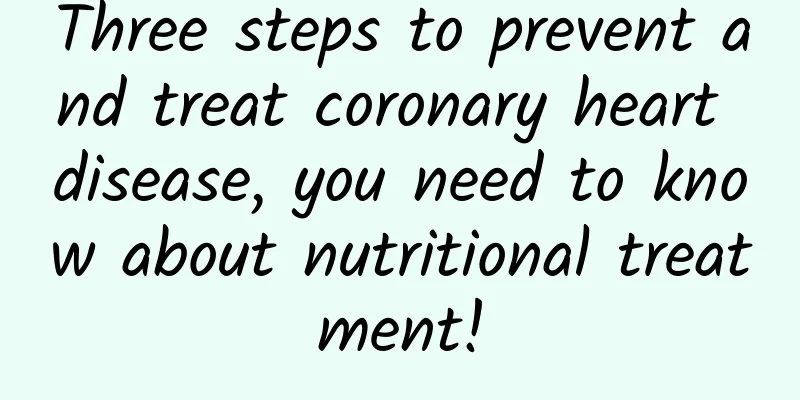4 kinds of food quietly "hollow out" your bones, are you still eating them every day?

|
"Bone ageing starts with aging, and health preservation starts with bone care." As time goes by, the bones in our body are also undergoing subtle changes, especially the loss of nutrients such as calcium, making bone diseases such as osteoporosis an "invisible killer" for many middle-aged and elderly people. However, did you know that in addition to age factors, certain foods in your daily diet may also "hollow out" your bones without you noticing. Today, let's take a look at which foods are "quietly causing trouble"! Beware! These 4 foods can damage your bones 1. Pickled Food Do you have a special liking for pickled vegetables, salted fish and other pickled foods on the table? However, pickled foods contain a lot of salt. When the sodium ions in the body exceed the standard, they will carry calcium ions out of the body. Imagine that every time you feast, some calcium may be quietly lost. Over time, bone density and bone mass gradually decrease, and the risk of osteoporosis and fractures also increases. 2. Fatty meat Fatty meat is delicious and can’t be stopped, but it contains a lot of fat, which can easily lead to excessive calories and obesity. Obesity not only puts pressure on various organs of the body, but also affects the health of the lumbar spine. In addition, the digestion and absorption of fat requires the liver to secrete a large amount of bile. Excessive bile secretion will damage the digestive system, which in turn affects the body's absorption of calcium. 3. Caffeinated drinks Caffeinated beverages such as coffee and tea are essential in many people's daily lives. However, caffeine can increase the loss of urinary calcium and reduce calcium absorption. According to research, every 100 mg of caffeine consumed (equivalent to a small or medium cup of coffee) will lead to a loss of 6 mg of calcium. Long-term and large-scale consumption of caffeinated beverages will undoubtedly put great pressure on bone health. 4. Alcohol The harm of alcohol is well known, but what you may not know is that it can also interfere with the metabolism of vitamin D and affect bone formation. In addition, excessive drinking can also disrupt the bone reconstruction process and affect the ability to heal after a fracture. Simple self-test to catch the "alarm" signal of bones Osteoporosis is often "silent", but as long as we observe carefully, we can find some clues. In order to detect the risk of osteoporosis in time, here are two simple self-test methods: • Height < arm span: Stretch your arms horizontally, measure the distance from the tip of your left middle finger to the tip of your right middle finger (i.e. arm span), and then compare it with your height. If your height is less than your arm span, it may indicate a risk of osteoporosis. • Elbows cannot touch the wall: Stand against the wall, keep your head, hips, and heels against the wall at the same time, then hold your head with both hands and see if your elbows can touch the wall. If you can't do it, it may indicate vertebral compression leading to hunchback and the risk of osteoporosis. Calcium supplementation and bone strengthening: two simple steps 1. Add calcium to every meal to strengthen bones <br /> For normal adults, 800 mg of calcium is needed every day. However, according to the survey data of the Chinese Nutrition Society, the average daily calcium intake of adults in China is only about 389 mg, which is far from the recommended standard. |
<<: Graduation season - pay more attention to college students' mental health
Recommend
Why does my breast milk become thinner?
When breastfeeding women are breastfeeding, some ...
The difference between lochia blood clots and fetal membranes
Postpartum lochia refers to the debris from the u...
How can long-term drivers prevent lumbar disc herniation?
This is the 4834th article of Da Yi Xiao Hu With ...
Where can I find the latest version of the Jiudian Live app? What platform has Jiudian Live changed to?
Jiudianzhibo is a video dating app and a very pop...
How long after abortion can I dye my hair?
Many women of appropriate age who become pregnant...
Treatment of acute salpingo-oophoritis
In life, we always hear this sentence, that is, l...
Why does the vaginal discharge look like snot?
When the leucorrhea becomes thick and sticky like...
Do you really understand that Liuwei Dihuang Pills can nourish the kidneys if taken correctly, but harm the body if taken incorrectly?
As the most common medicine in Chinese medicine p...
What should I pay attention to when doing moxibustion during the dog days? Can I do moxibustion during the rainy days?
The dog days are when the temperature is the high...
Neurodecision Science - Four Steps to Decision Making
Neuroeconomics - Four Steps to Decision Making: H...
I feel a little nauseous after having sex.
Making love is something that every couple and ev...
How long does it take to discharge lochia?
For many women who have a cesarean section, the u...
Reasons for no fetal heartbeat in 2 months of pregnancy
After finding out they are pregnant, female frien...
When an asthma attack occurs, why do people in movies and TV shows always use paper bags to breathe? Can this save lives?
If I tell you that this can really save lives, yo...
What medicine is good for breast enlargement
Women all love beauty and naturally have high req...









